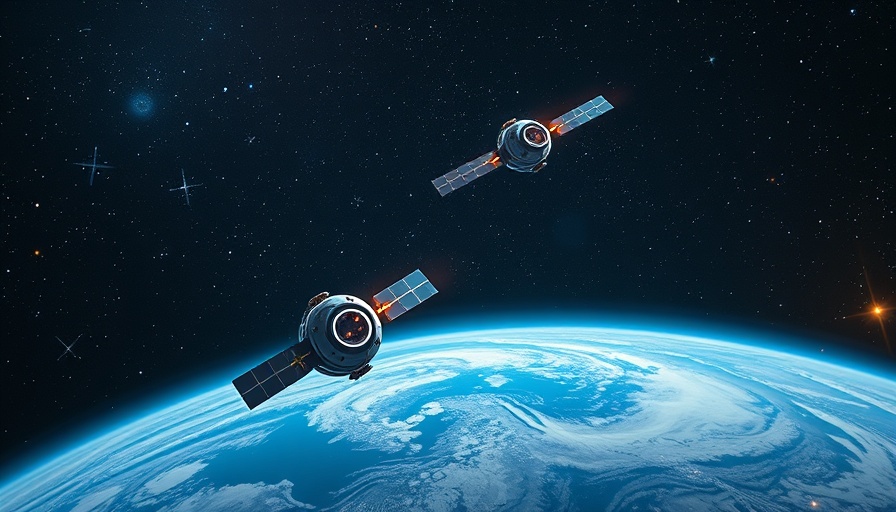
Understanding the Launch of SPHEREx and PUNCH Missions
NASA is gearing up for an exciting launch as two of its missions, SPHEREx and PUNCH, prepare for liftoff aboard a SpaceX Falcon 9 rocket. Originally set to launch on February 27, these missions have faced several delays due to technical issues and inclement weather. However, after thorough evaluations and modifications, the missions are now scheduled to take off at 10:09 PM EST on March 8 from the Vandenberg Space Force Base in California.
Why the Delay? A Closer Look at Challenges
The initial delays were primarily due to additional checkouts that were needed on the Falcon 9 rocket. NASA and SpaceX needed this extra time to ensure the spacecraft's safety and performance ahead of the launch. According to Julianna Scheiman, director of NASA science missions at SpaceX, issues with a stress mitigation system and a pneumatic leak in the fairing also contributed to the postponements. Changes were made to enhance the spacecraft's integration, including updating fasteners and repairing leaks, underscoring the importance of meticulous preparation in space missions.
Innovations in Space Exploration: The Missions Explained
SPHEREx, short for Spectro-Photometer for the History of the Universe, Epoch of Reionization and Ices Explorer, is a significant part of NASA's pursuit to unravel the mysteries of the universe. This two-year mission is designed to capture the broadest view of the cosmos by mapping over 450 million galaxies and more than 100 million stars in the Milky Way using infrared wavelengths. Its goal is to form a comprehensive catalog that could answer fundamental questions regarding the origins of these celestial bodies and the essential building blocks for life.
PUNCH Mission: Solar Dynamics That Matter
Meanwhile, PUNCH - the Polarimeter to Unify the Corona and Heliosphere - aims to provide new insights into solar dynamics. This mission will utilize a constellation of four small satellites to monitor solar phenomena, including coronal mass ejections (CMEs), which can lead to space weather events that potentially disrupt communications on Earth. The timely execution of PUNCH will enhance our understanding of the sun's behavior and its impact on our planet.
Future Predictions and Insights: What’s Next?
As we stand on the brink of this launch, the potential discoveries from both SPHEREx and PUNCH could lead to significant advancements in our understanding of the universe and solar systems. How these missions unfold could pave the way for future explorers and scientists in their quest to further decode the complex mechanisms governing cosmic history and solar interactions.
Join the Excitement!
The launch promises to be a groundbreaking event for both the scientific community and space enthusiasts. You can follow the live coverage of this pivotal launch on NASA’s platforms, ensuring you're part of the beginning of a new chapter in our exploration of space. Stay connected as we learn about the universe around us and the continuous innovation that drives these missions forward.
 Add Row
Add Row  Add
Add 




Write A Comment